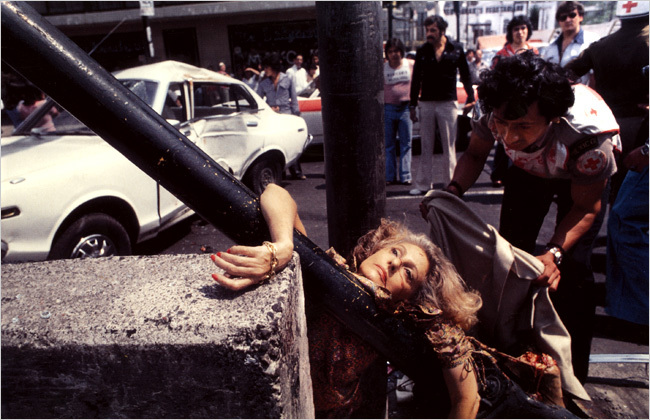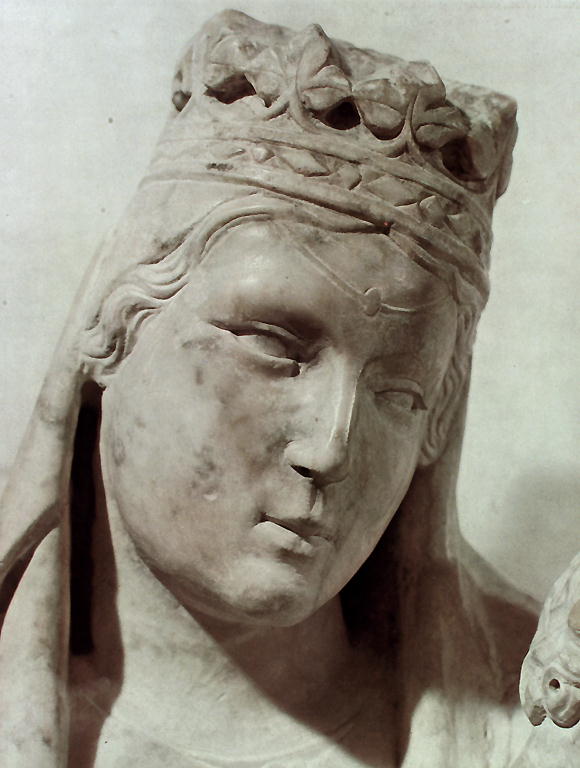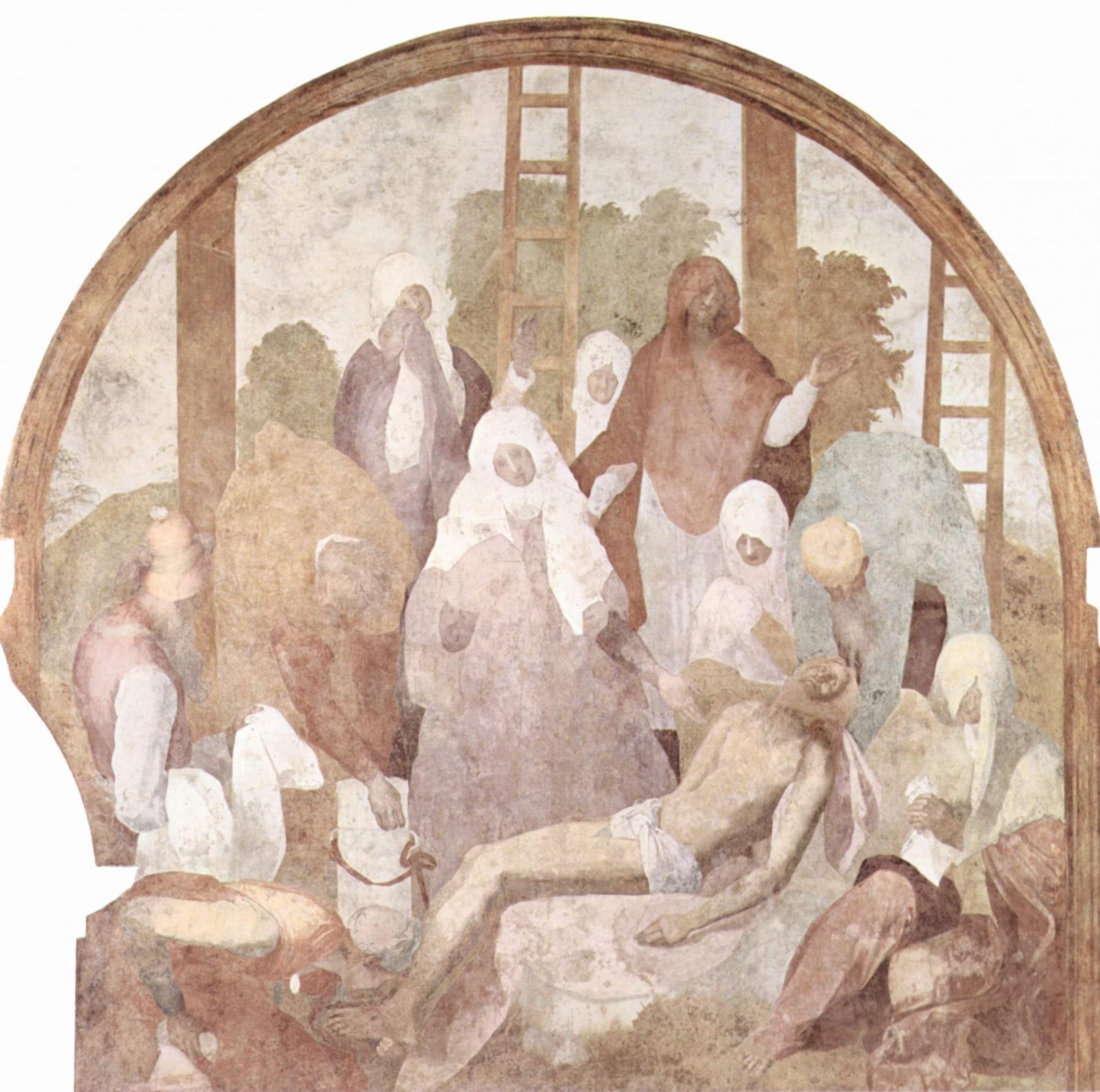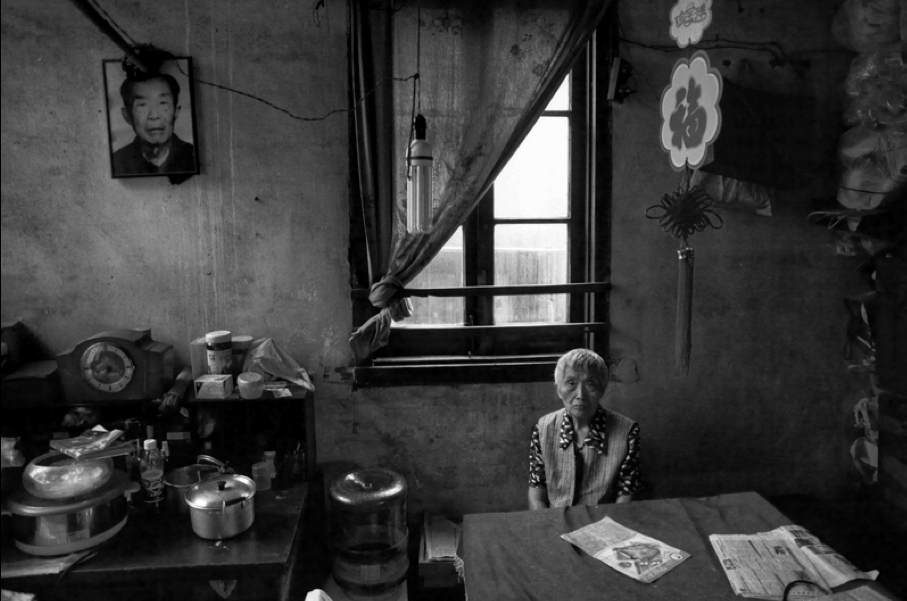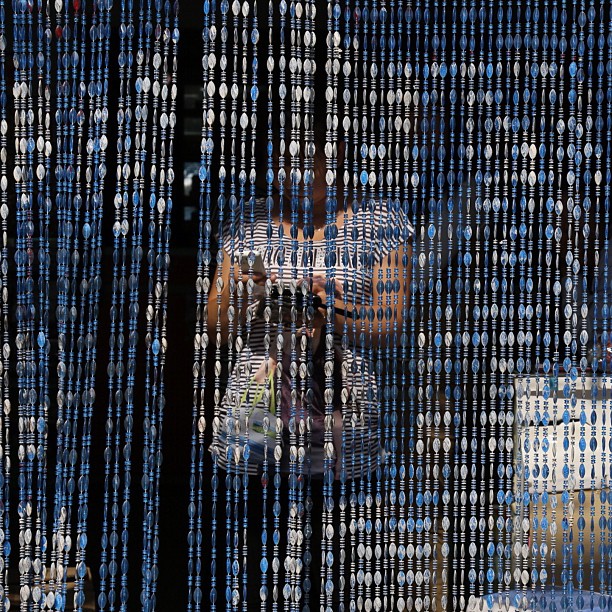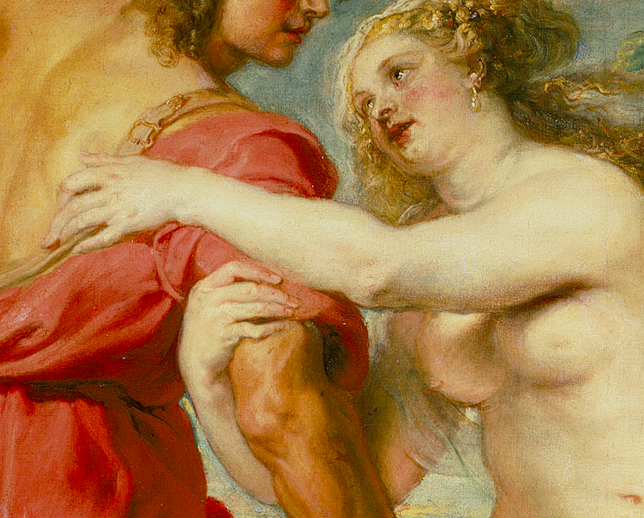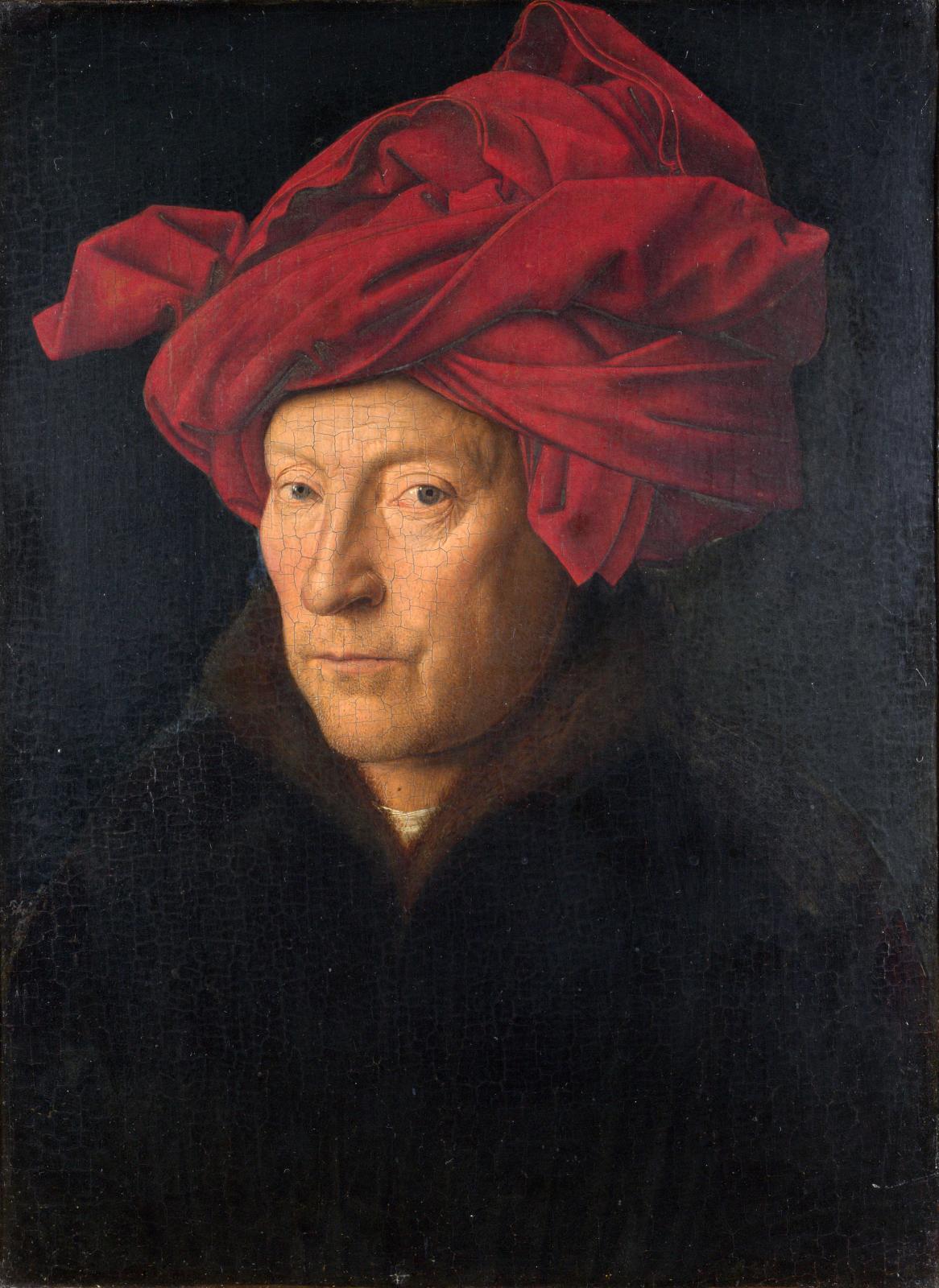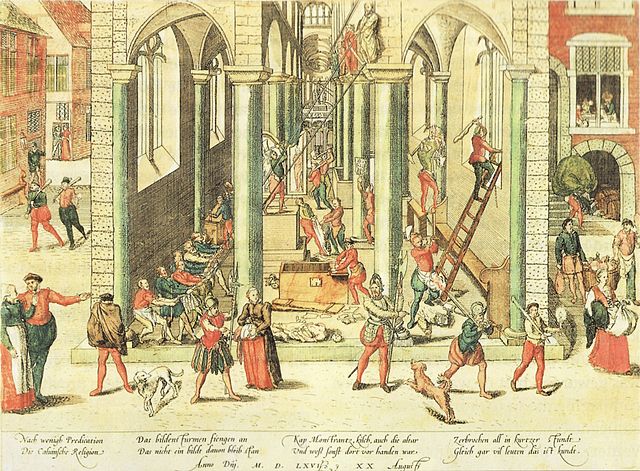"I don't normally do this kind of thing": 45 small fates
In a spectacular case of carelessness, Ugbo, 75, of Benin, a witch doctor specializing in arrest-evasion amulets, has been arrested. A selection of small fates
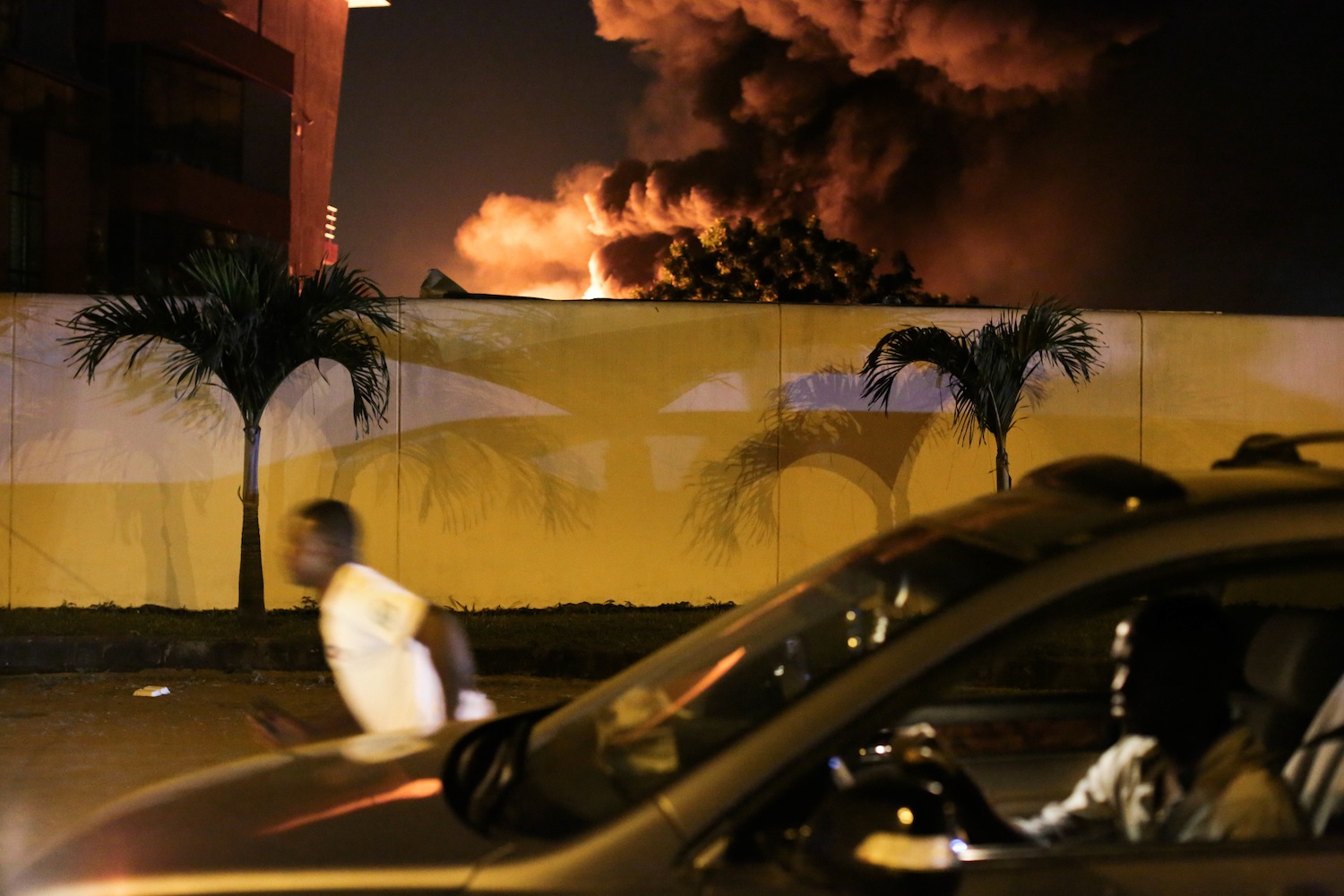
1 Eyes closed please. While one man led prayers at Christ Happyhome Church in Sango Ota, three of his accomplices robbed the congregation. 2 Shamsudeni was sleeping in Nyanya when Abubakar sneaked into his house, crept into his bed, and woke up part of him. 3 Ude, of Ikata, recently lost his wife. Tired of arguing with her, he used a machete. 4 Some moms make empty threats. Not Anyah, of Lafia, who brought Joseph into this world and, over a land dispute, took him out of it. 5 "He doesn't." "She won't let me." Court testimony from Saratu and Isa, of Kaduna, who last did it ten years ago. 6 down. The Lagos office of Xerox burned down. The Lagos office of Xerox burned down. The Lagos office of Xerox burned down. The Lagos… Read More...


